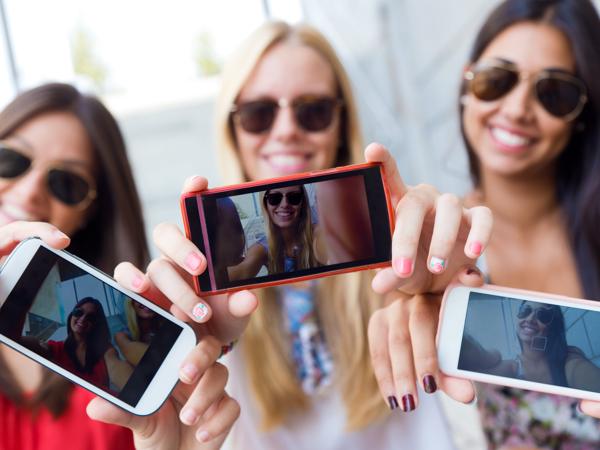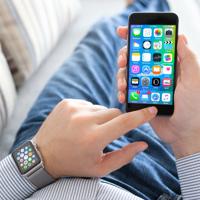In today's world, smartphones have become a crucial part of our everyday lives, and one of their standout features is the camera. With each new release, companies strive to improve their camera technology, offering different features and capabilities. This article aims to explore the nuances of smartphone cameras to help you understand what might suit your needs best.
Understanding Smartphone Cameras
Before diving into comparisons, it’s important to grasp the basic components of smartphone cameras. Factors such as megapixel count, sensor size, aperture, and image processing algorithms contribute to the overall image quality. While megapixels are often spotlighted, other elements like sensor quality and software also play a significant role in determining the photographic output.
Low-Light Performance
A common challenge for smartphone cameras is capturing quality images in low-light conditions. Cameras like those on the Google Pixel 6 and iPhone 14 employ advanced software processing to enhance night photography. Google's Night Sight and Apple's Night Mode analyze multiple frames to reduce noise and improve details, offering relatively clear photos in darker environments.
However, the Samsung Galaxy S22 series takes a slightly different approach by using larger sensors that capture more light naturally, combined with its own night photography features. Both approaches have their strengths, and users may prefer one over the other based on personal photography styles.
Zoom Capabilities
Zoom is another area where smartphone cameras differ greatly. Devices like the Samsung Galaxy S22 Ultra offer a periscope-style telephoto lens, providing up to 10x optical zoom. This feature is particularly useful for capturing detailed shots from a distance. On the other hand, phones like the iPhone 14 Pro offer a combination of optical and digital zoom. While not offering the same level of optical zoom as Samsung, Apple's computational photography efforts help maintain image clarity as the zoom increases.
An alternative is the Google Pixel 7 Pro, which balances its zoom capabilities with computational photography to produce surprisingly detailed zoomed-in shots from a fewer optical lenses, relying heavily on software innovation.
Video Recording
Video capabilities in smartphones are just as pivotal as photography. The iPhone lineup continues to be favored among many for its consistent and reliable video performance, offering features like Dolby Vision HDR and holistic stabilization.
Samsung, however, has been pushing boundaries with features such as 8K recording on some of its models. That said, 8K is primarily beneficial for cropping in post-production rather than general use, given how much data these files take.
Color Accuracy and Image Processing
Color science and image processing are nuanced facets where smartphone cameras exhibit personality. For instance, many find that Sony phones, like the Xperia line, offer a more natural color reproduction, aligning closely with professional-grade cameras. In contrast, Samsung devices tend to emphasize vivid and saturated colors; this might appeal to users looking for vibrant social media-ready photos straight out of the camera.
Personal Preferences
Ultimately, the choice of a smartphone camera can be a deeply personal decision. Some users may prioritize a versatile zoom lens, while others might prefer advanced low-light capabilities. Brand loyalty and ecosystem integration might also play a role in decision-making.
Conclusion
Smartphone cameras have come a long way, and each model offers distinct advantages. It's recommended to try out several devices, if possible, to see firsthand how they align with your photography expectations.
Understanding the technical aspects is beneficial, but your own experiences and preferences are often the best guide. As smartphone technology continues to evolve, so too will the complexity and capability of these pocketable cameras.




